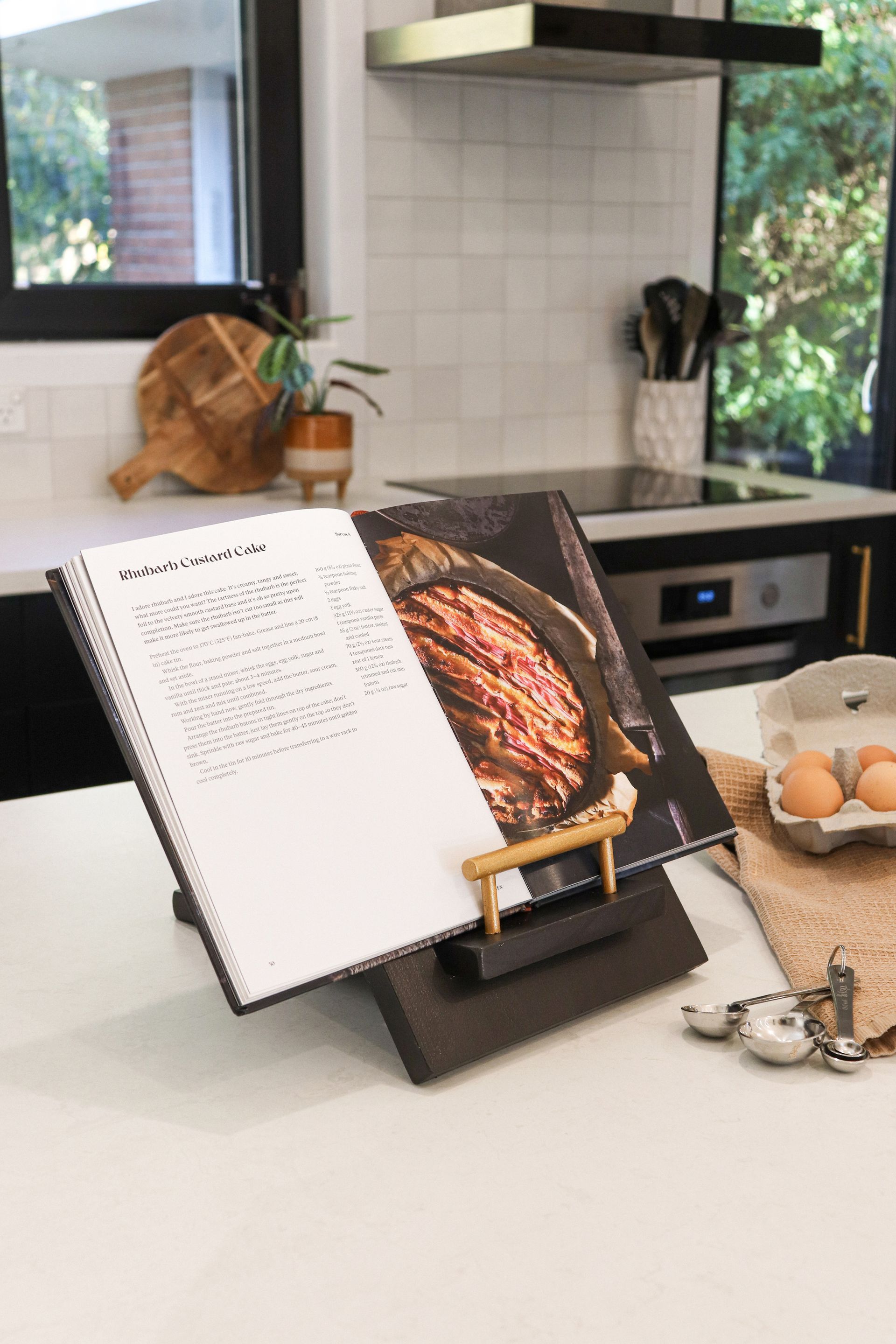Growing up on a 40-hectare dairy farm in a tiny Waikato settlement, you’d not be surprised that Lynda Hallinan has the kind of positive, can-do attitude many people bring from a rural background. However, it’s the combination of this plus her own unique brand of energy, colour, wit and bracing honesty which makes her one of New Zealand’s best-loved garden enthusiasts and communicators.
In 2018, signing off on her weekly column for the Sunday Star-Times after 17 years and about 750,000 words, Lynda Hallinan noted ‘… in all these years I’ve held almost nothing back’. For a writer mining her own personal life and times for material, this takes a certain courage – one advantage being there’s no lack of fresh ideas, and from our side of the page the result is immediately warm and engaging.
Books were a big part of Lynda’s early family life, particularly so for her father Jock who was and is a ‘voracious reader, he loves words’. Jock taught Lynda and her sister Brenda practical skills needed on the farm, and she credits him for her get-up-and-go, love of words and fearless testing of opinions which has powered her professional life. ‘I didn’t do the big OE, take a gap year or gad about in my twenties. I left polytech one day and started work the next, as a multimedia journalist in Gisborne, reporting live for radio, regional television and [the local] newspaper. In my first week on the job, I interviewed Labour leader Helen Clark and National Prime Minister Jim Bolger on the [1996] campaign trail.’
I’d imagine Lynda’s early interviews and articles had the makings of that distinctive and familiar voice she has in print and in person; the passage of time and life experience has refined a keen eye for detail and the under-rated skill of good readable English.
Paradoxically, communicating with that easy confidence takes hard graft and concentration, more so working to a deadline. Ranging far and wide in her reading, Lynda has the habit of picking up memorable quotes, anecdotes and trivia, from Socrates to Gertrude Jekyll. Grist to the writing mill and often with a grain of truth, they can be both catalyst and punchline – at the beginning of a story ‘I often have no idea where it will lead me, or you for that matter…’
Twenty years ago professional reporting in the first person and including one’s own opinions wasn’t the done thing, and in any event Lynda has mainly worked outside nine-to-five journalism. ‘I was side-hustling since before it was even a thing, combining television and radio shows with PR and charity gigs, magazine editing, feature writing, the speaking circuit and penning books.’ Gardening was already a passion, and for someone with green fingers also a haven from the fast lane. In 2007 and now editor of New Zealand Gardener magazine, Lynda challenged herself to a year of self-sufficiency, attempting to grow most of her food from a 733-square-metre section – including a try at espresso independence by planting a hedge of the coffee plant Coffea arabica. Bottling and preserving were familiar from childhood, and naturally became part of the experience again.
The year 2009 brought major changes: Lynda met Jason Hinton, a civil engineering contractor from West Auckland, and moved to a new rural life on his 20-hectare smallholding in the Hunua Ranges, about 30 kilometres southeast of Auckland city. A Jane Austen character notes that ‘people with extensive grounds are always pleased to meet other people with extensive grounds’, and for two people so connected to the land it couldn’t have been a better match – and Lynda now had access to earthmoving machinery! They were married in 2011 at their home Foggydale Farm, and are raising two boys, Lucas (10) and Lachlan (eight) in the kind of rough-and-tumble country environment Lynda relished as a child.
There are five rescue cows called Rusty, Dusty, Fantail, Cupcake and Sebastian – ‘they came with their names’, Lynda hastens to point out; plus four pet sheep, although Lucy, Marley, Boris and Doris were named by the boys. Free-range chickens, Cayuga ducks (an American breed introduced to New York State around 1840, and named for the Cayuga people of the area), a kunekune pig called Plum Chutney and two underemployed farm dogs complete the clan.
When Lynda first moved to the country an expansive orchard was a priority, with heirloom apples, pears, plums (ancient damson plums are the subject of one of her five books to date, with a sixth The Joy of Gardening due for release later this year), quinces and nut trees. She now has her eye on a new project: two years ago she bought a run-down kauri cottage just a few minutes up the road from Foggydale Farm, where she’s currently creating a cottage-style garden. Lynda is a great believer in the positive – even liberating – effects of change, and that there’s always something new to learn.
Fortunately for us, and especially fellow gardeners, she’s more than happy for our company on the journey.
And for those attending either the Hurunui Garden Festival or Rapaura Springs Garden Marlborough (or both!) that opportunity is now, with Lynda a guest speaker at both iconic garden events.
Lynda will be hosting an afternoon tea in Cheviot at the Knox Community Centre on 28 October as part of Hurunui Garden Festival; and then in Marlborough on Saturday 6 and Sunday 7 November as part of Garden Marlborough.
Tickets for both events are available from the respective garden festival websites. Enjoy!
Recent stories



All Rights Reserved | CountryWide Media





